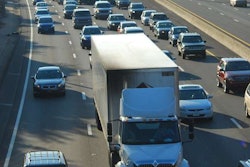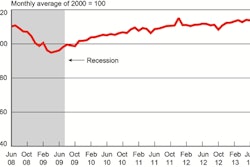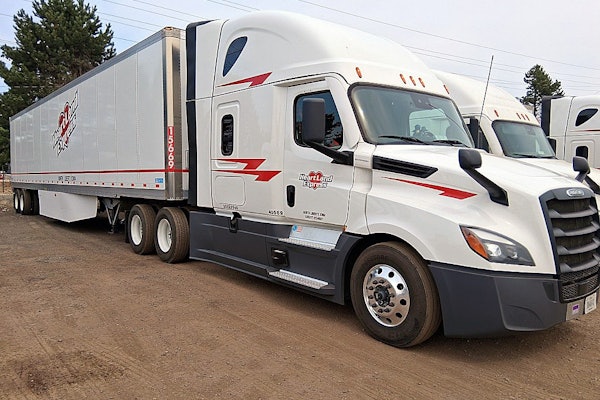 PHOTO: HIT Entertainment
PHOTO: HIT EntertainmentHere’s an idea for a sure-fire viral video, or something for America’s Funniest: Get truck drivers to take along their smart phones/cameras and, after delivering a load to a discount superstore or a big-box retailer, ask receiving clerks: “When does the train get here?”
The recorded reactions will be priceless, like Leno encouraging people on the street to admit on camera how little they know about what’s going on in the world.
The notion came to me while perusing the Twitterverse this week. I spotted this from the Association of American Railroads:
…freight rail delivering the goods students use and need every day! https://t.co/EwpyZtJ9sk #tbt
— AAR (@AAR_FreightRail) August 15, 2013
This I gotta see! How many crayons does a boxcar hold! Well, instead of something pertinent, there’s just a nice, handsome video, a generic bit of industry self-promotion that even features a truck or two, along with planes and container ships and lots of trains tending to America’s freight. No train at the store, though.
But that wasn’t the first time I felt cheated by an AAR tweet lately. This link bait really had me going:
A freight train can travel 476 miles on a single gallon of fuel. How’s that for fuel efficiency?! https://t.co/5AZgcn4vtc
— AAR (@AAR_FreightRail) August 7, 2013
How’s that for horse hockey?! The tweet, I’m sure, is just an innocent a misunderstanding of the intended hyperbole—I’m being picky, I know—and what’s the harm: Hey, guess what I saw on the Internet?! It must be true.
And this is the first tweet that suckered me into clicking:
Getting things moving: railroads are the only mode of transportation that can accommodate future economic growth. https://t.co/ak9ie374kl
— AAR (@AAR_FreightRail) August 13, 2013
Just another page of the usual railroad, you know, statistics.
C’mon, AAR: Take the summer intern off the social media account.
Now this was truly funny:
I get why railroads use TV ads, but I do chuckle thinking of viewers watching a show, saying oh yeah next time I move my coal I’ll use them!
— Gavin Carter (@Gavin_Carter) August 15, 2013
The reason the railroads run those ads, of course, is to win hearts and minds. And votes in Washington, where the push is on to use the MAP-21 freight provisions to deliver a few trainloads of taxpayer cash to the industry.
Congress has been railroaded before. Ever heard of the Pacific Railroad Act? From 1850 to 1871, the railroads received more than 175 million acres of public land—an area more than one tenth of the whole United States and larger in area than Texas—along with some substantial government bond support to open up the West.
Granted, I’d give away Texas to go to San Francisco myself, but wasn’t that enough? I’m thinking the industry can take care of itself after that headstart.
But, seriously folks, trucking needs to get on board with the idea that the railroads can be partners, not the Big Bad Wolf huffing and puffing at the door.
While the American Trucking Associations tends to downplay intermodal’s growing slice of the freight pie, the fact is rail has become very competitive with truckload.
Here are some numbers presented recently by trucking analyst Thom Albrecht, managing director at BB&T Capital Markets:
 SOURCE: Transplace/BB&T
SOURCE: Transplace/BB&T* The truckload market for runs of more than 700 miles is worth about $40 billion. Currently, intermodal’s share is $14 billion, but that’s expected to grow to $20 billion by the end of decade, or sooner—a 15 percent loss to long-haul truckload.
* Domestic intermodal loads have increased for 11 years in a row, while van truckloads have contracted in 8 of the past 11 years.
* Every 1 million intermodal loads reduces the need for highway tractors by 10,000 units.
Apparently the railroads are finally paying attention to little details like delivery schedules and customer service. Uh-oh.
Old rivalries die hard, we must admit. My fiends on the railroad side of freight transportation will just have to indulge me and understand that these observations are meant to be lighthearted and offered in a playful but respectful tone.
‘Fiends’? ‘Friends’ is what I meant, of course. Pardon the parapraxis. Freudian typo.













